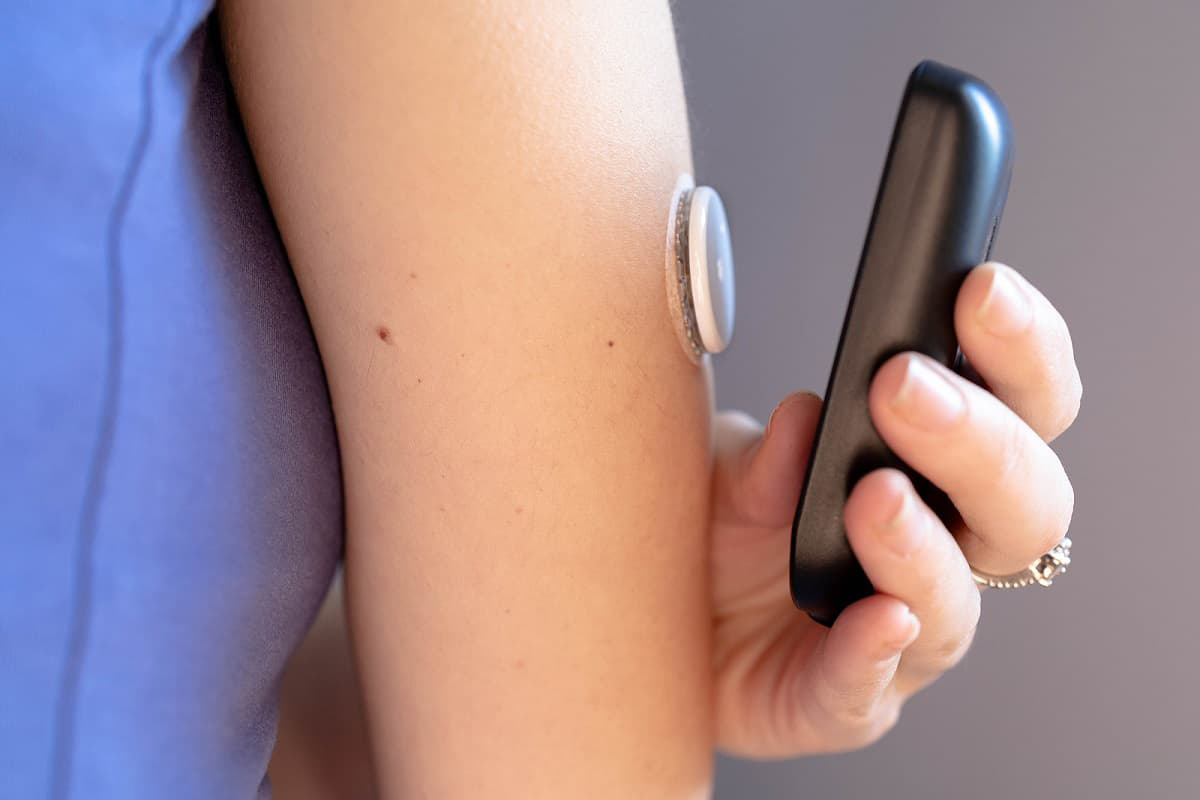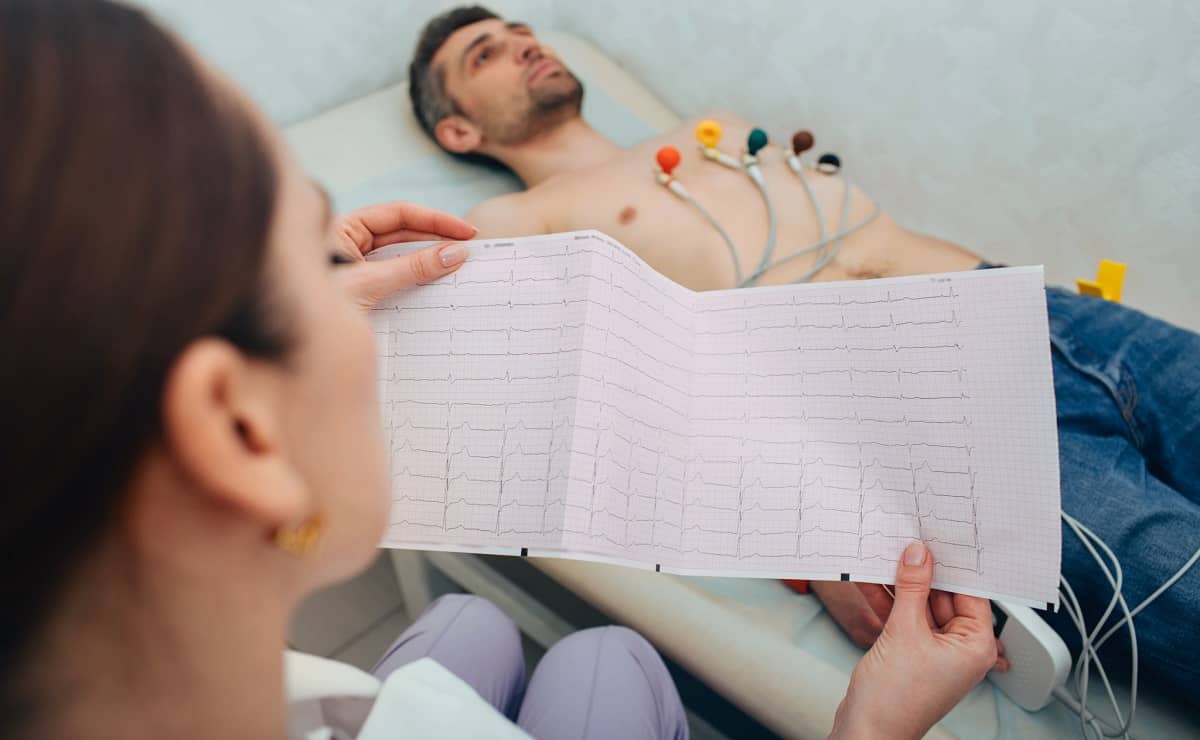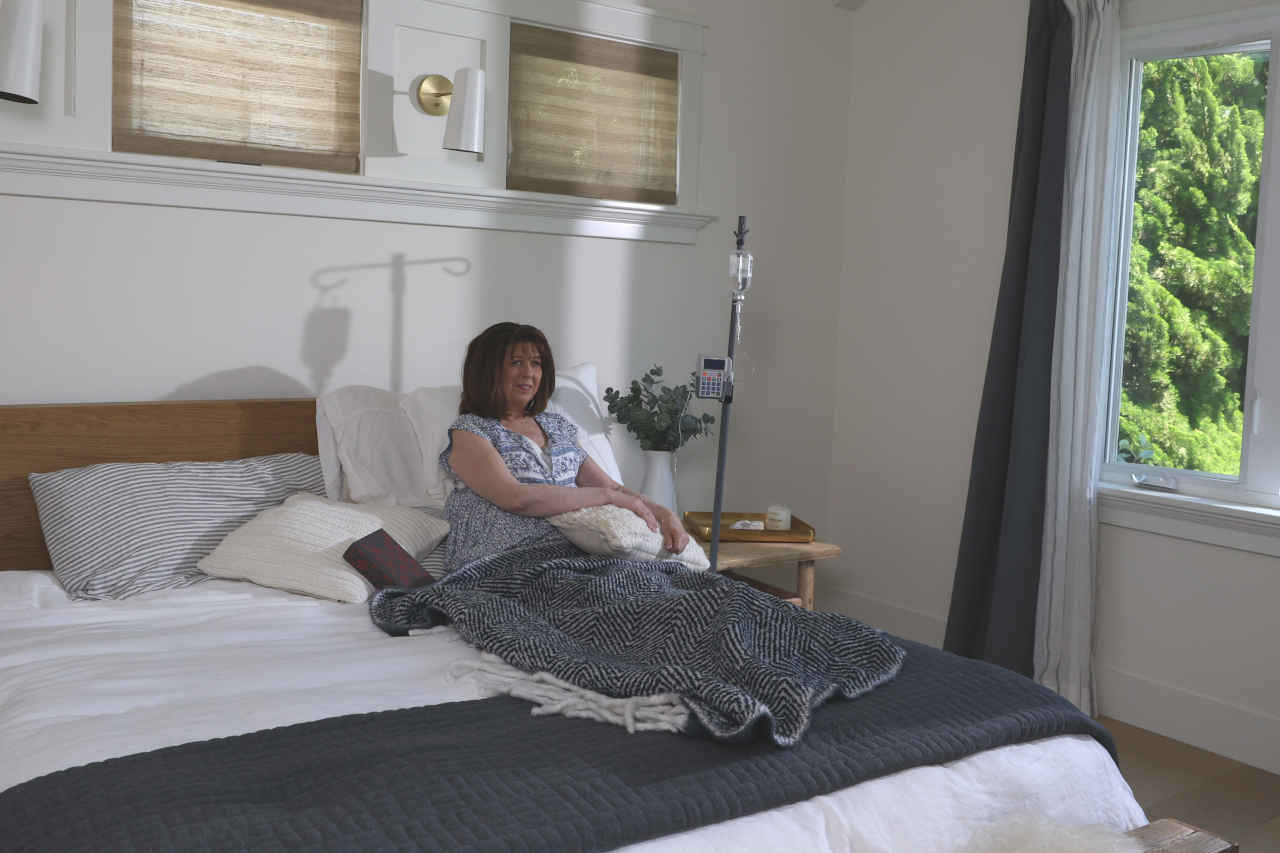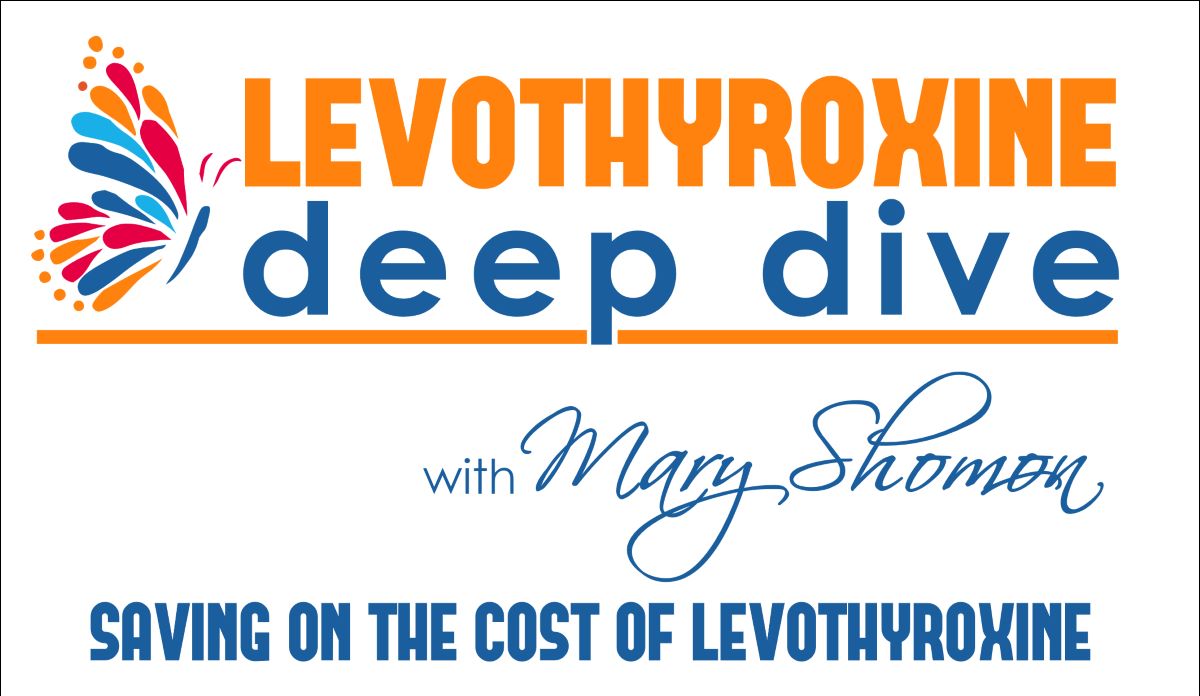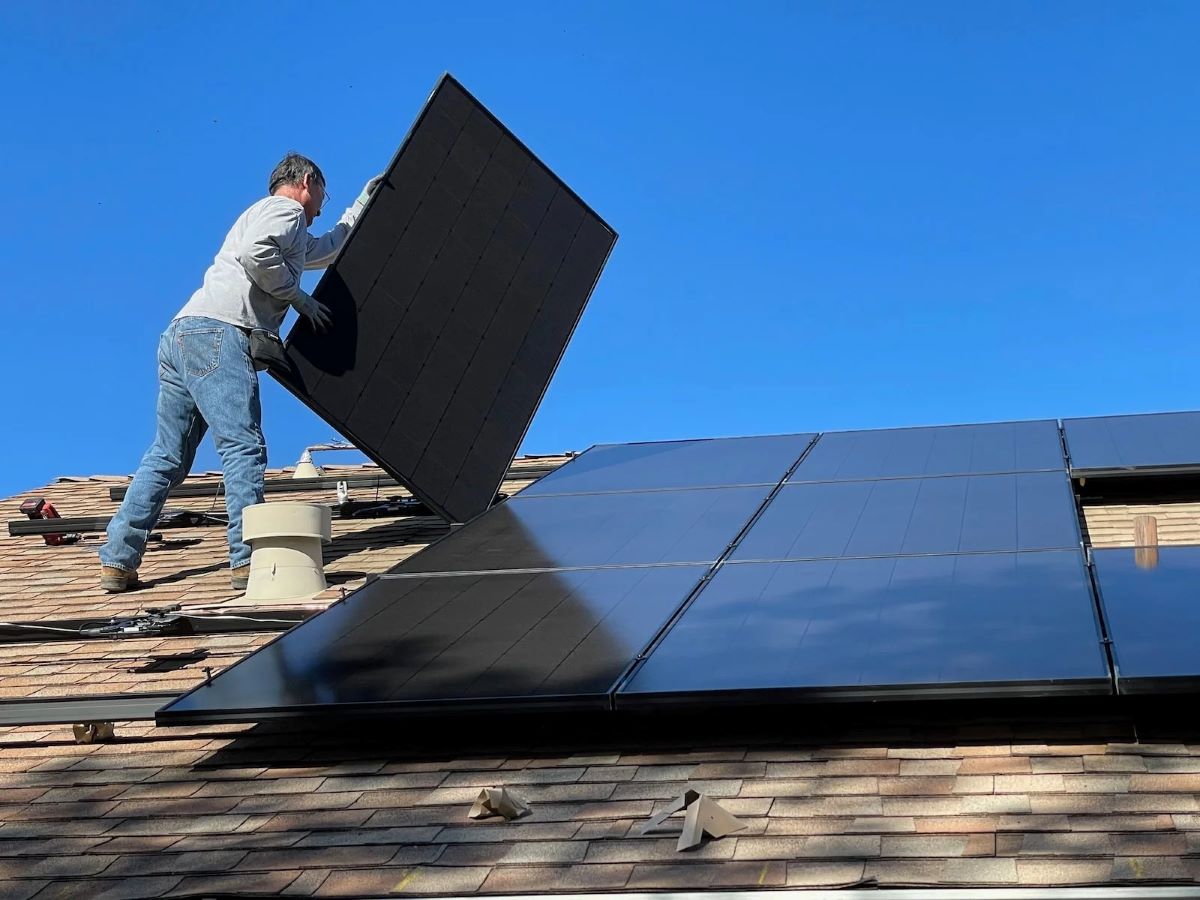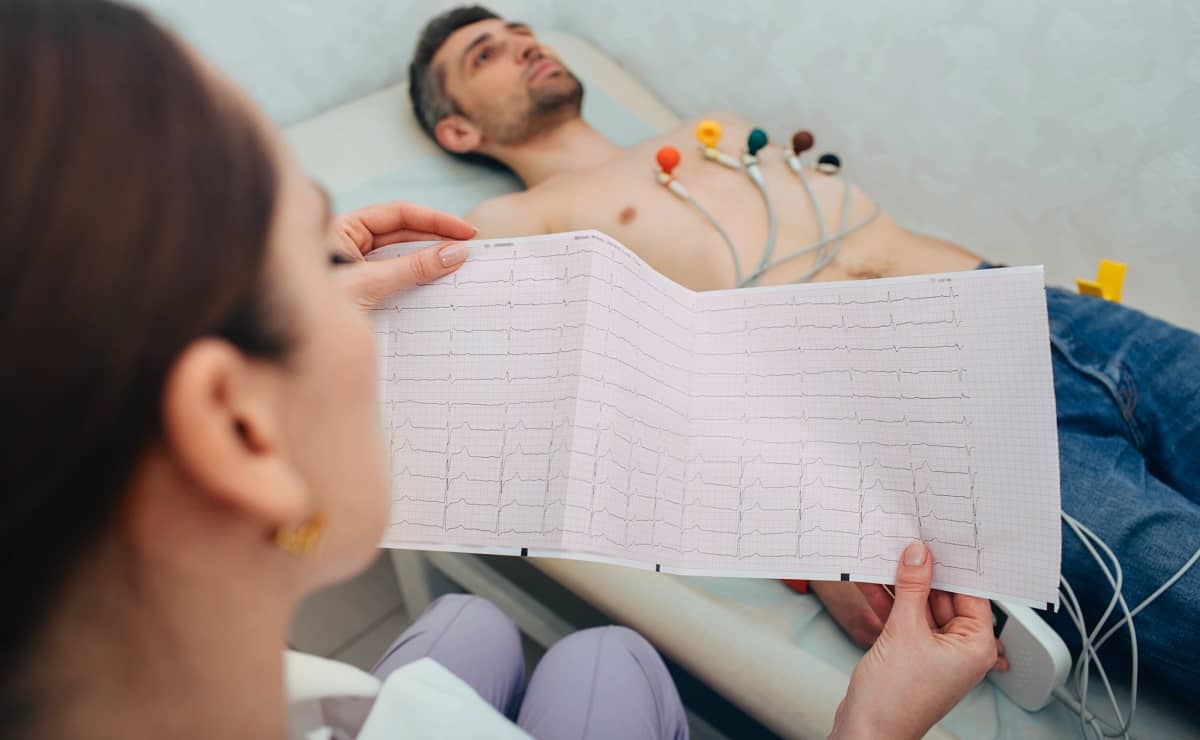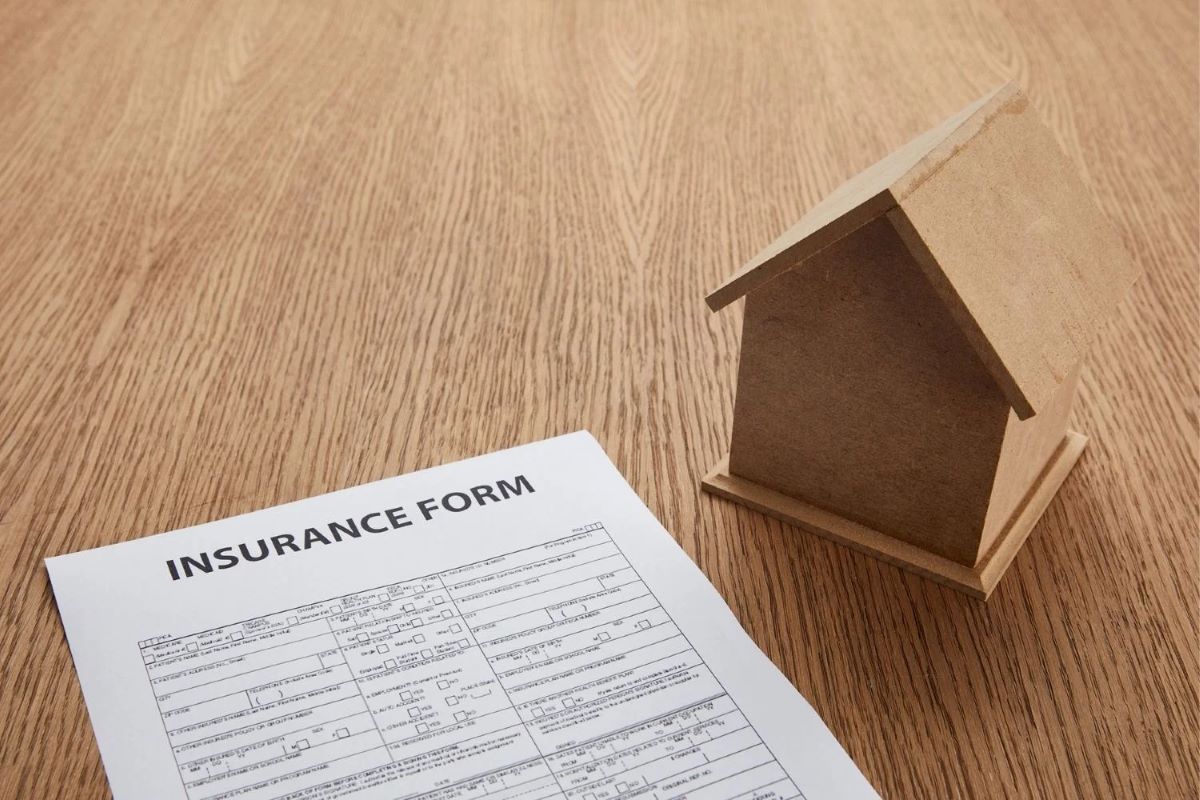Home>Finance>How Much Does A Lipid Panel Cost Without Insurance
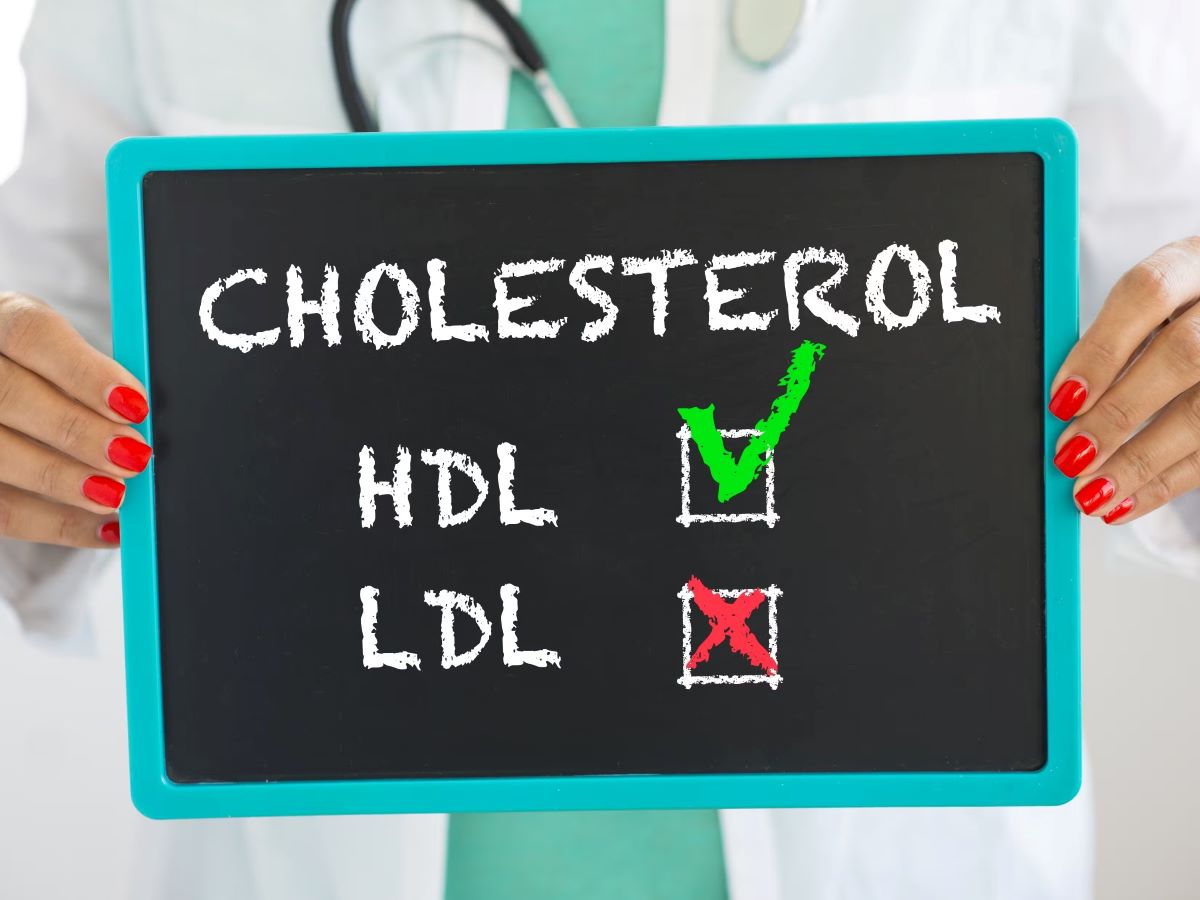

Finance
How Much Does A Lipid Panel Cost Without Insurance
Published: November 13, 2023
Find out the cost of a lipid panel without insurance and explore financing options for your healthcare needs.
(Many of the links in this article redirect to a specific reviewed product. Your purchase of these products through affiliate links helps to generate commission for LiveWell, at no extra cost. Learn more)
Table of Contents
Introduction
When it comes to monitoring your overall health, regular check-ups and screenings are essential. One crucial test that healthcare providers often recommend is a lipid panel. A lipid panel measures the levels of various types of fats in your blood, including cholesterol and triglycerides, to assess your risk of developing heart disease.
However, if you don’t have health insurance coverage, you may be concerned about the cost of getting a lipid panel. Without insurance, medical expenses can quickly add up and become a burden on your finances. Understanding the factors that influence the cost of lipid panels without insurance and exploring affordable alternatives becomes crucial in such situations.
This article aims to shed light on the cost of lipid panels without insurance and provide affordable alternatives for obtaining this vital health screening.
Before we delve into the cost details, it’s important to understand the importance of lipid panels and how they help in assessing your cardiovascular health.
Understanding Lipid Panels
A lipid panel, also known as a lipid profile or lipid panel blood test, is a routine blood test that measures the levels of various types of fats, or lipids, in your bloodstream. These lipids include cholesterol, LDL (low-density lipoprotein) cholesterol, HDL (high-density lipoprotein) cholesterol, and triglycerides.
Cholesterol is a waxy substance that is naturally produced by your liver and is also obtained from certain foods. While cholesterol is essential for various bodily functions, having high levels of cholesterol, particularly LDL cholesterol, can increase your risk of developing heart disease.
On the other hand, HDL cholesterol is often referred to as “good” cholesterol. This is because it helps remove LDL cholesterol from your bloodstream, reducing the buildup of plaque in your arteries, which can lead to blockages and cardiovascular problems.
Triglycerides are another type of fat found in your blood and are the most common type of fat stored in your body. High levels of triglycerides are often associated with obesity, diabetes, and other metabolic disorders.
By measuring the levels of these different types of lipids in your blood, a lipid panel provides valuable information about your cardiovascular health and helps healthcare professionals assess your risk of developing heart disease.
Once you have a clear understanding of what a lipid panel entails, it’s important to explore the factors that can influence the cost of getting this test done without insurance.
Factors Influencing the Cost of Lipid Panels Without Insurance
The cost of a lipid panel without insurance can vary depending on several factors, which are important to consider when budgeting for this important health screening. Here are some key factors that can influence the cost:
- Healthcare Provider: The cost of a lipid panel can vary based on the healthcare provider you choose. Prices may vary between hospitals, clinics, and independent labs. It’s worth shopping around and comparing prices to ensure you find the most affordable option.
- Geographic Location: The cost of healthcare services can vary significantly depending on where you live. Prices may differ between urban and rural areas or even between different states or countries. Consider the local cost of living and healthcare expenses when estimating the cost of a lipid panel without insurance.
- Additional Services: Sometimes, a lipid panel may be part of a broader health screening package. In such cases, the overall cost may be influenced by the inclusion of other tests or consultations. Be sure to inquire about the specific services included in the quoted price.
- Payment Methods: Some healthcare providers offer discounts or payment plans for patients paying out-of-pocket. It’s worth asking the providers about any available options to make the test more affordable.
- Laboratory Fees: Apart from the professional fees charged by the healthcare provider, there may be additional laboratory fees involved in processing the lipid panel. These fees can vary between providers, so it’s advisable to inquire about them upfront.
By considering these factors, you can get a better understanding of the potential cost breakdown for a lipid panel without insurance. Keep in mind that while the cost may seem daunting, there are affordable alternatives available for obtaining a lipid panel without insurance, which will be discussed in the next section.
Average Cost of Lipid Panels Without Insurance
The cost of a lipid panel without insurance can vary depending on the factors mentioned earlier. However, to provide a general idea, the average cost of a lipid panel without insurance typically ranges from $50 to $200. This price range may include the professional fees, laboratory fees, and any additional services or consultations.
It’s important to note that these figures are approximate and can differ based on your location and the specific healthcare provider you choose. In some cases, you may find lower-cost options at independent laboratories or community health clinics.
Additionally, discounts or fee reductions may be available depending on your financial situation. Some healthcare providers may have sliding-scale fees based on income, or they may offer financial assistance programs for low-income individuals or families.
When estimating the cost of a lipid panel without insurance, it’s essential to consider any additional tests or consultations that may be recommended by your healthcare provider based on your individual health needs. It’s always helpful to discuss your financial concerns with your healthcare provider to explore all available options.
However, if the cost of a lipid panel without insurance seems unaffordable, there are alternative ways to obtain this important health screening without breaking the bank, which will be discussed in the next section.
Affordable Alternatives for Obtaining Lipid Panels Without Insurance
If you don’t have insurance coverage and are concerned about the cost of a lipid panel, there are several affordable alternatives to consider:
- Community Health Clinics: Many community health clinics offer reduced-cost or income-based pricing for healthcare services, including lipid panels. These clinics are often focused on providing affordable healthcare to underserved populations, so they may have more affordable options available.
- Public Health Departments: Public health departments in your area may offer low-cost or sliding-scale fee services, including lipid panels. These departments may have clinics or partnerships with local healthcare providers that provide affordable health screenings to the community.
- Health Fairs and Screening Events: Keep an eye out for health fairs and screening events in your community. These events are often organized by local hospitals, clinics, or non-profit organizations and may offer discounted or free lipid panels as part of the event.
- Online Lab Testing Services: There are online lab testing services that offer discounted and affordable pricing for various health screenings, including lipid panels. These services allow you to order the test online, visit a local partnered lab for the blood draw, and receive the results electronically.
- Doctor’s Office Negotiation: If you have a good relationship with your healthcare provider, it’s worth discussing your financial situation and exploring if they can offer any discounts or payment plans for the lipid panel or any related services.
It’s important to do thorough research, compare prices, and consider the reliability and reputation of the healthcare provider or service offering these affordable alternatives. While cost is an important factor, it’s equally essential to ensure the quality and accuracy of the lipid panel results.
By exploring these affordable alternatives, you can obtain a lipid panel without insurance coverage while being mindful of your budget.
Conclusion
Regular lipid panels are a crucial part of maintaining good cardiovascular health. While the cost of getting a lipid panel without insurance may seem daunting, there are options available to make it more affordable.
Understanding the factors that influence the cost, such as the healthcare provider, geographic location, and additional services, can help you make an informed decision. Shopping around and comparing prices, as well as asking about payment options and discounts, can potentially lower the overall cost.
Consider exploring alternative options like community health clinics, public health departments, health fairs, online lab testing services, and negotiating with your healthcare provider to find more affordable ways to obtain a lipid panel without insurance coverage.
Remember, your health should never be compromised due to financial constraints. Taking proactive steps towards monitoring your cardiovascular health, even without insurance, is essential. Prioritize your health and seek out affordable alternatives to ensure you receive the necessary lipid panel screening.
Always consult with your healthcare provider to determine the most appropriate course of action for your specific situation. They can guide you in making informed decisions about your healthcare while considering your financial circumstances.
By being proactive and resourceful, you can prioritize your cardiovascular health and make informed choices about obtaining a lipid panel, even without insurance coverage.
